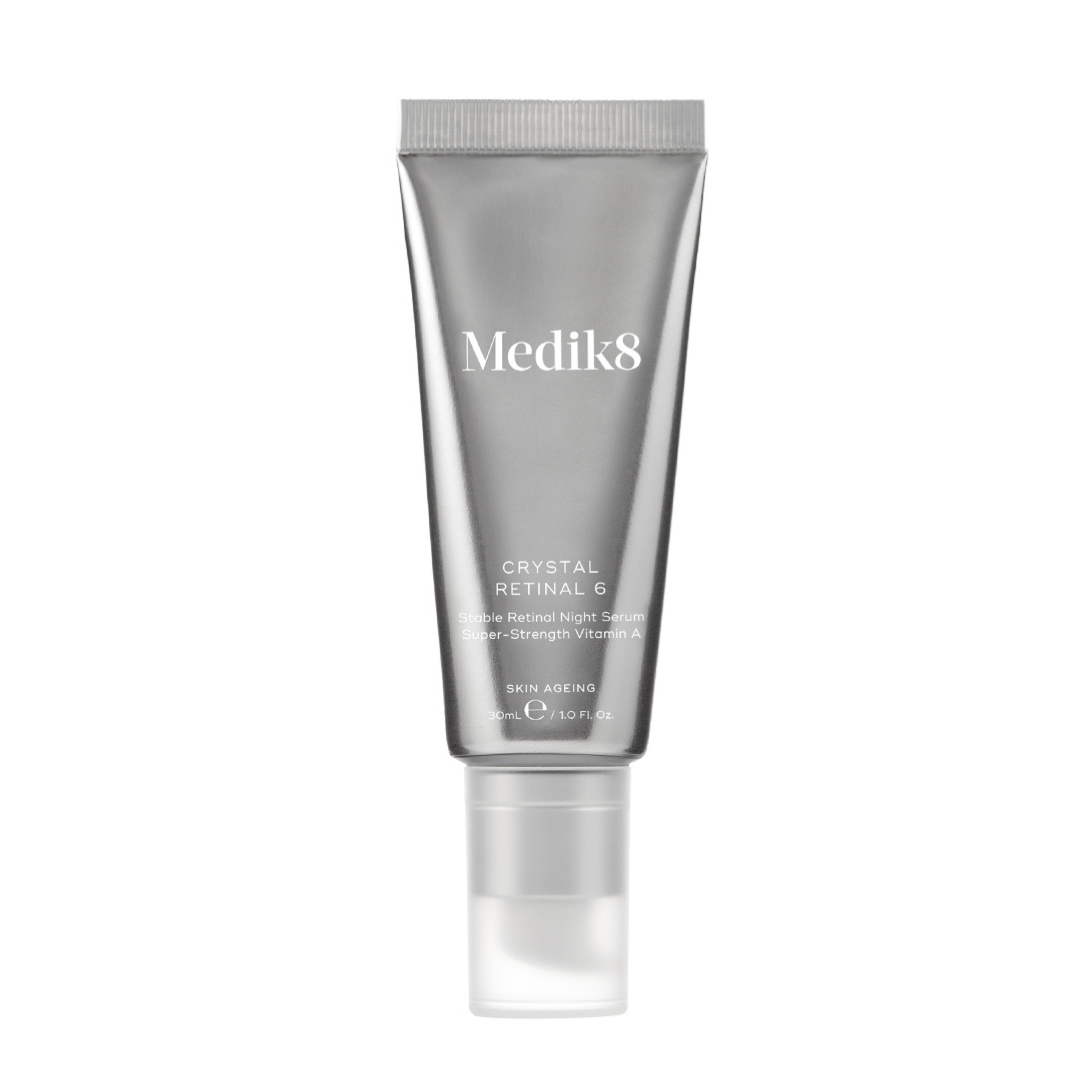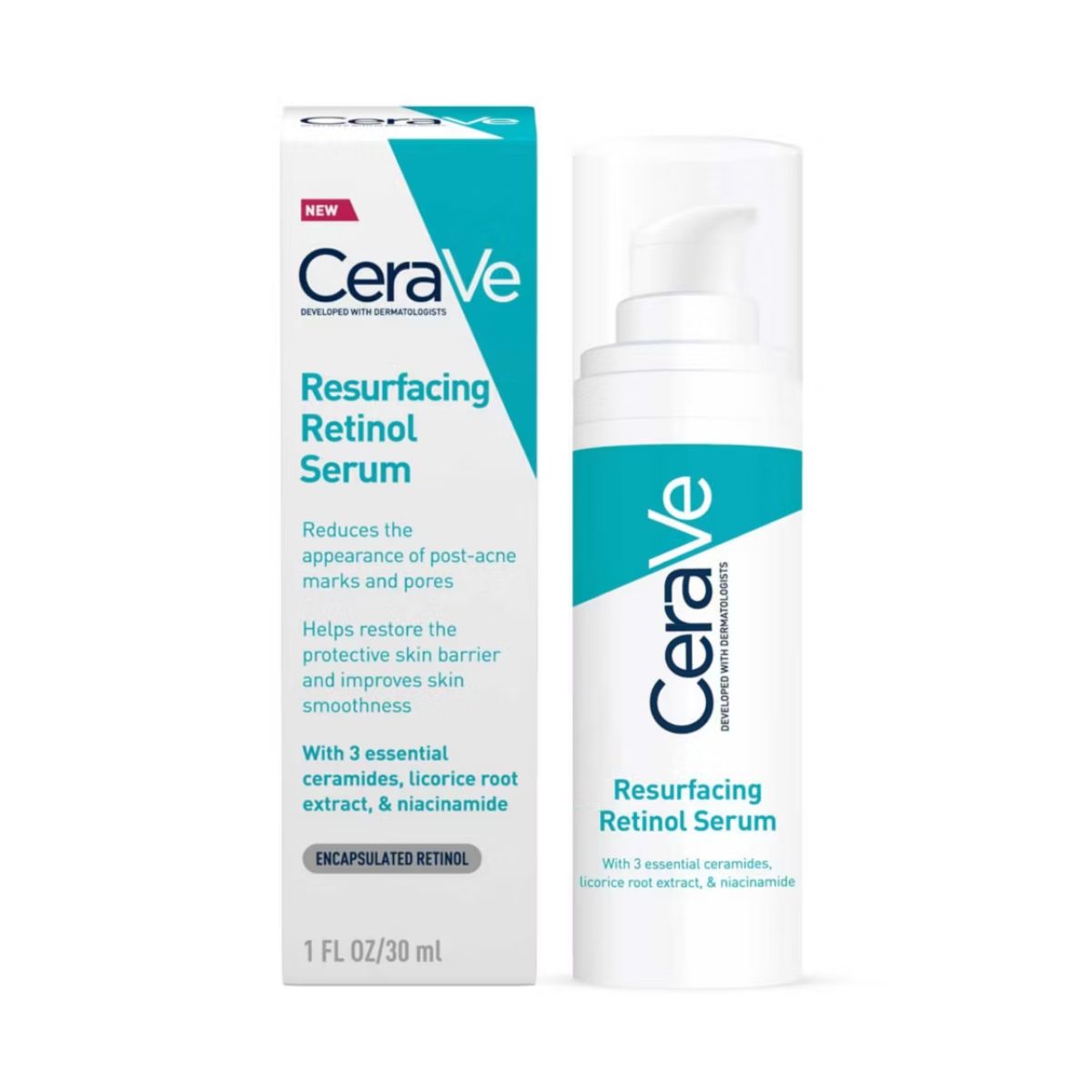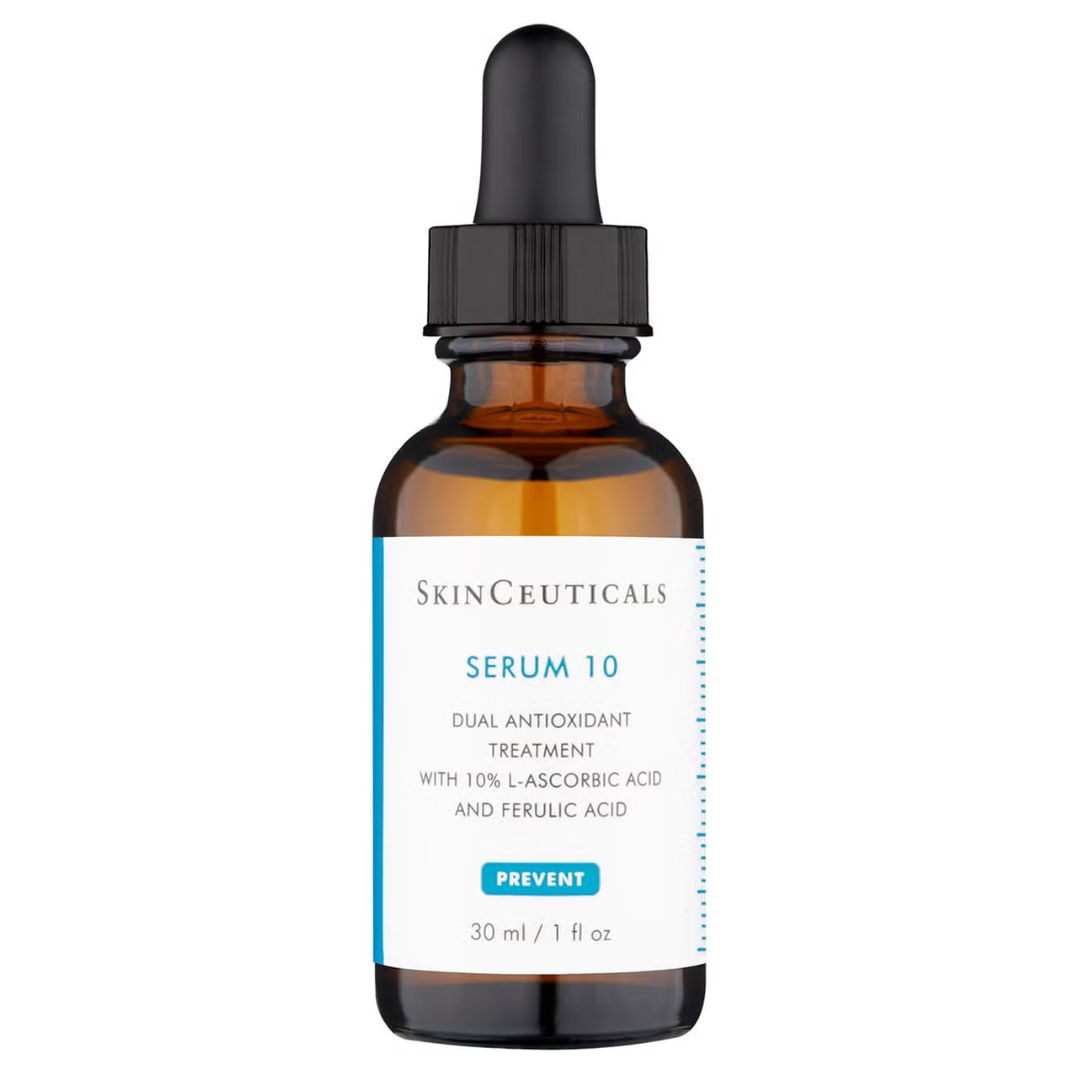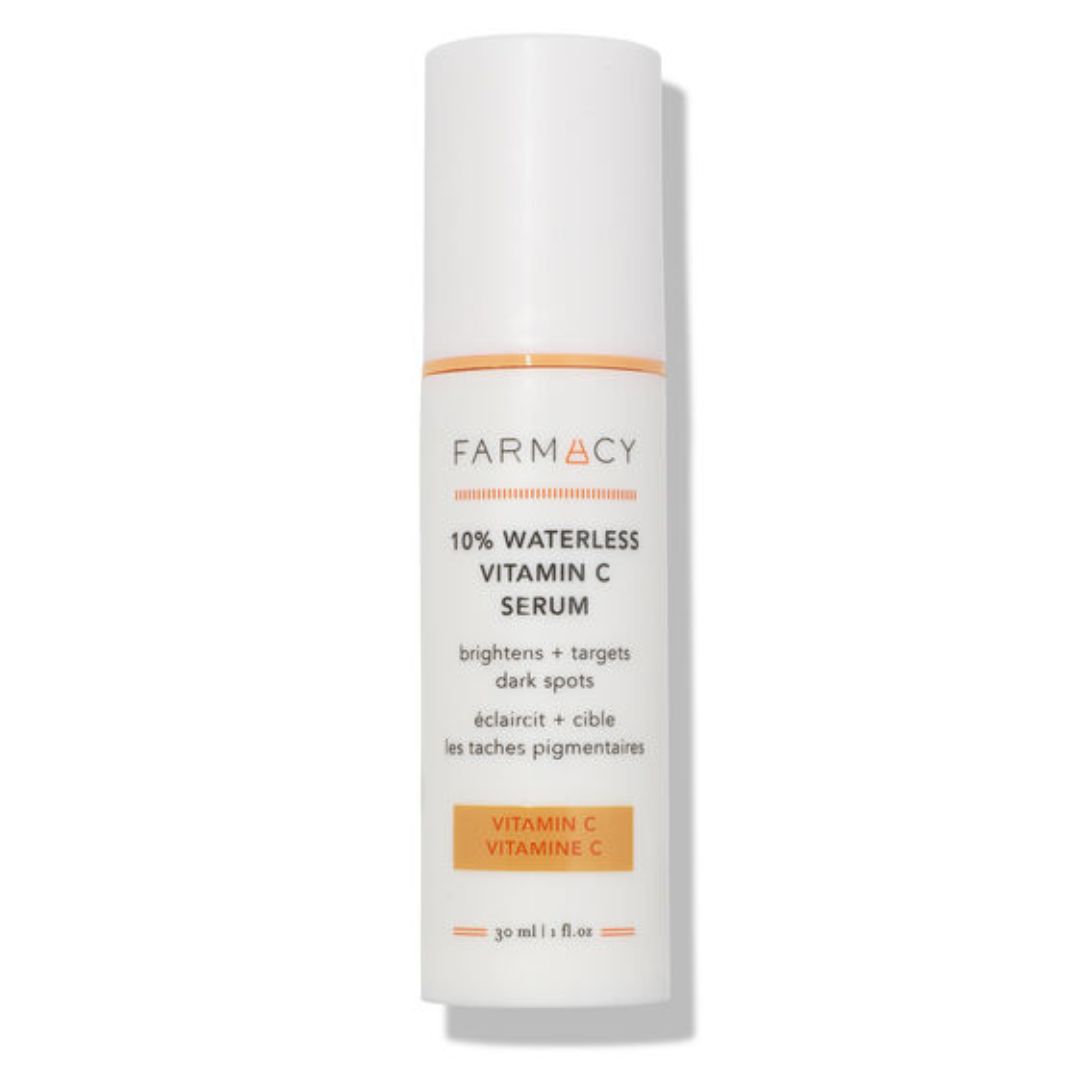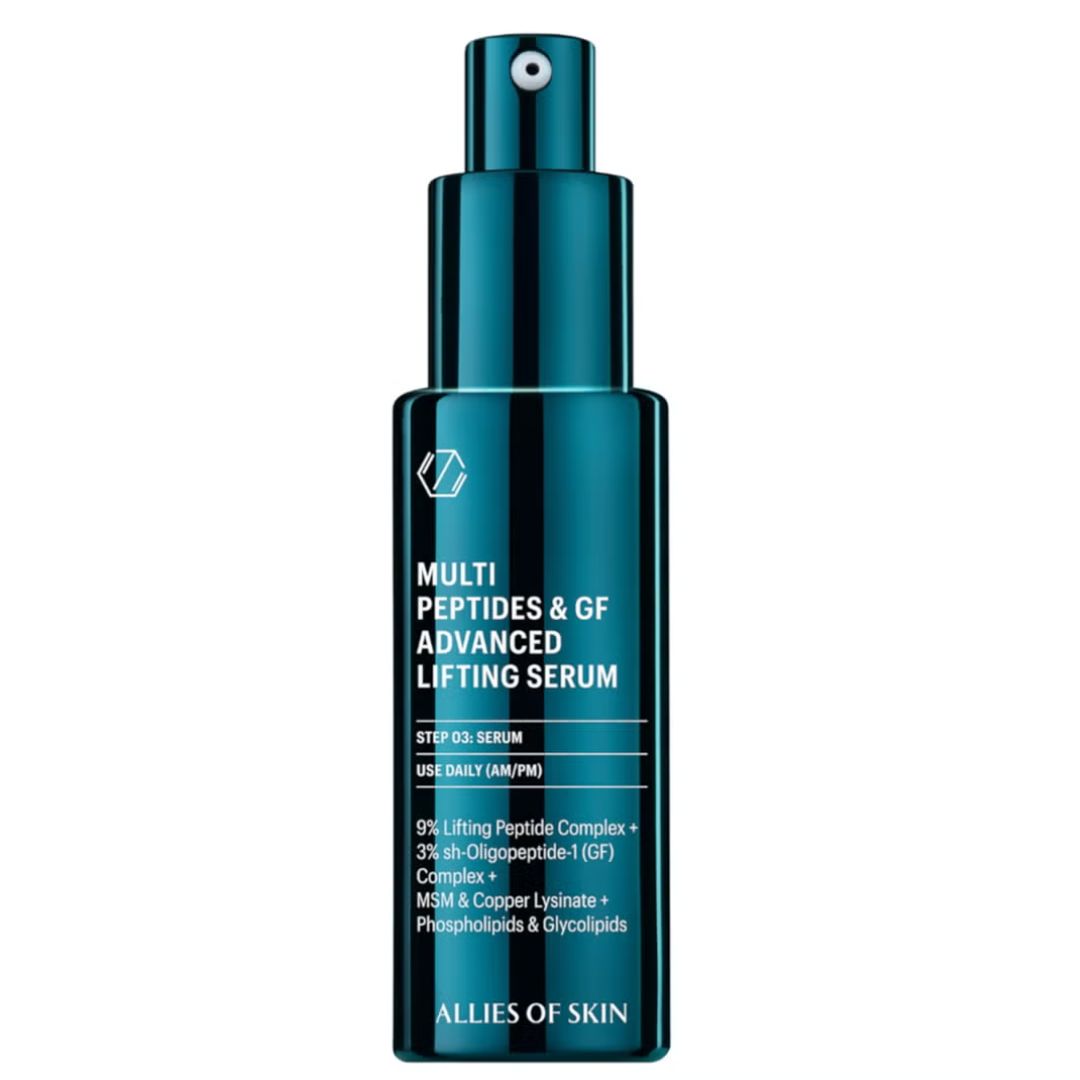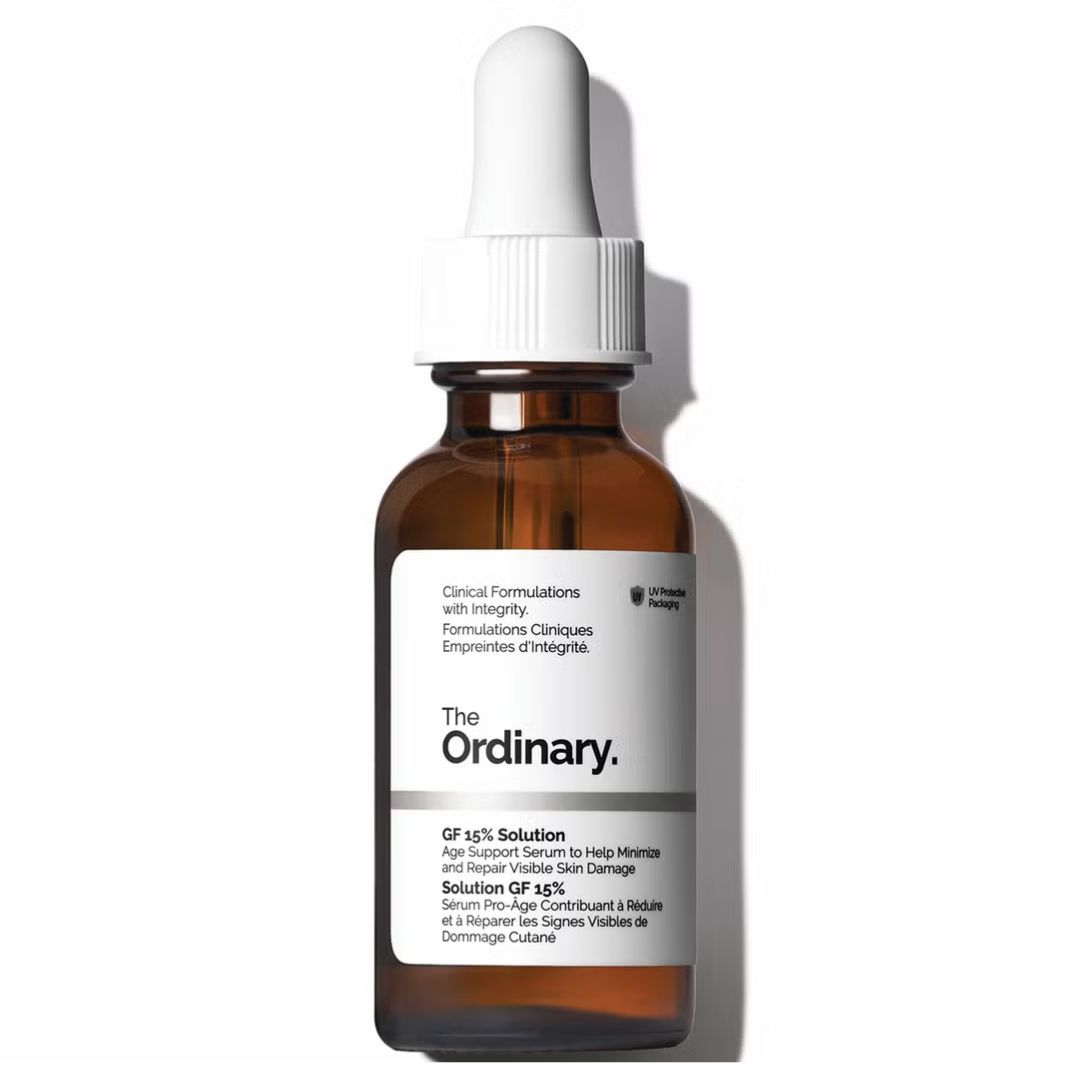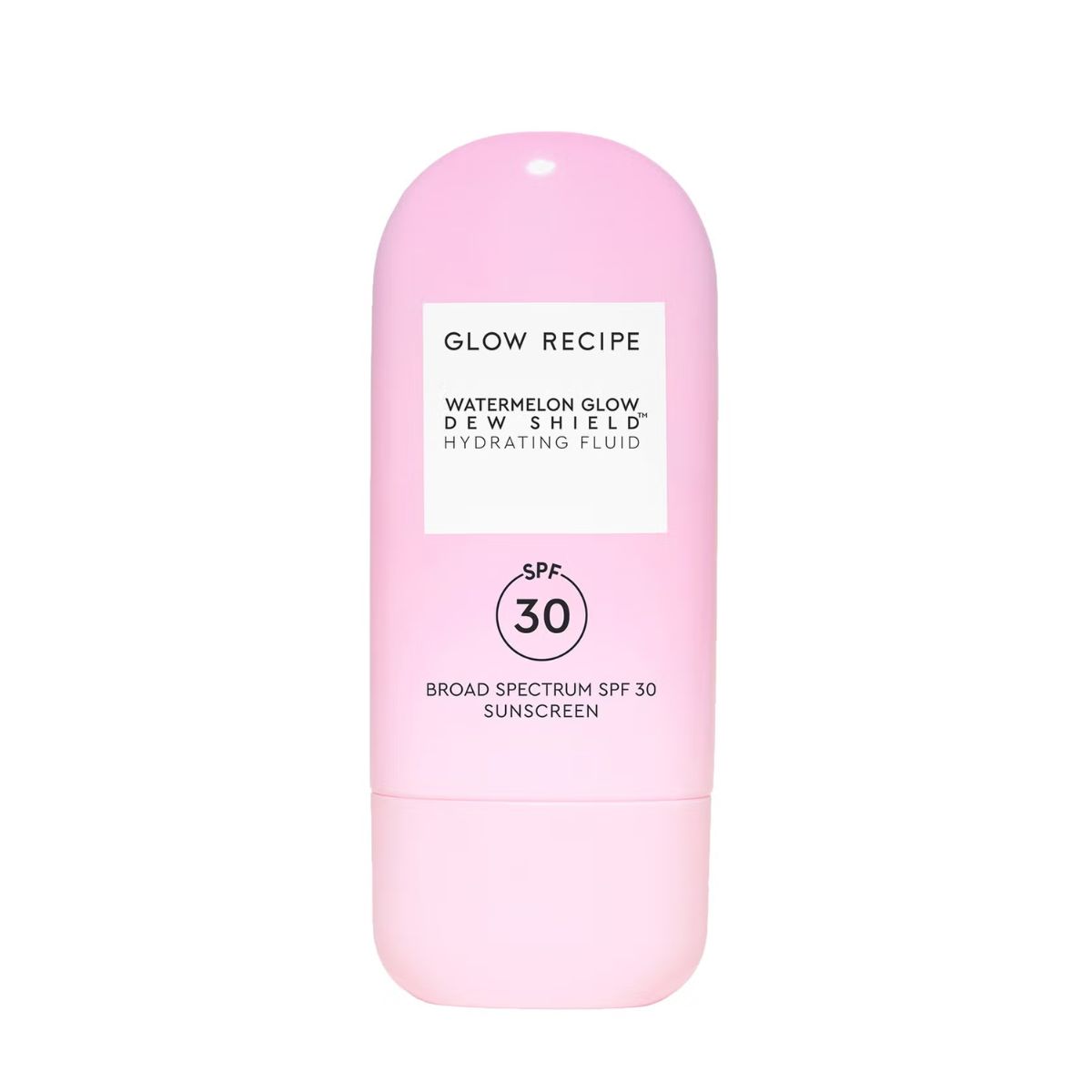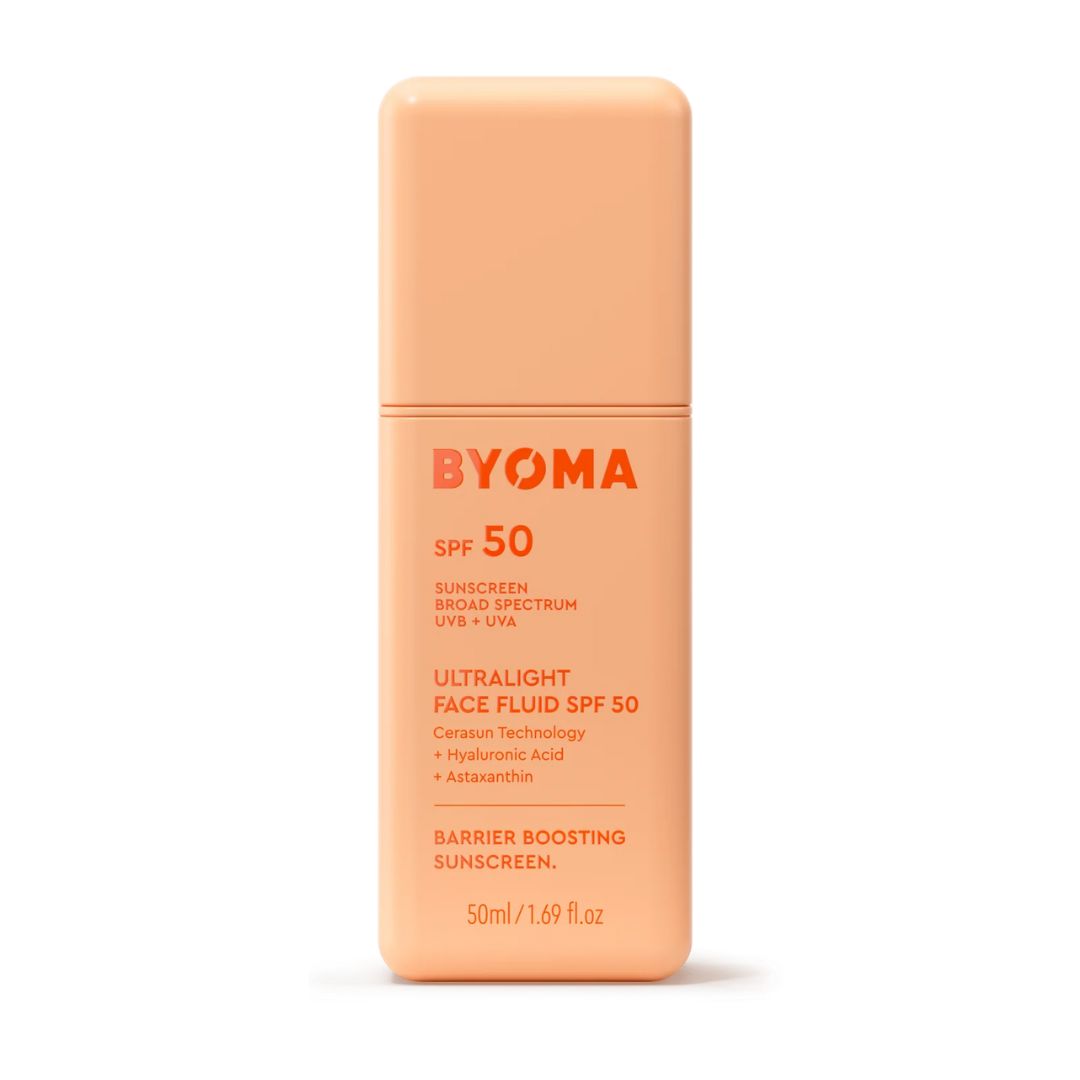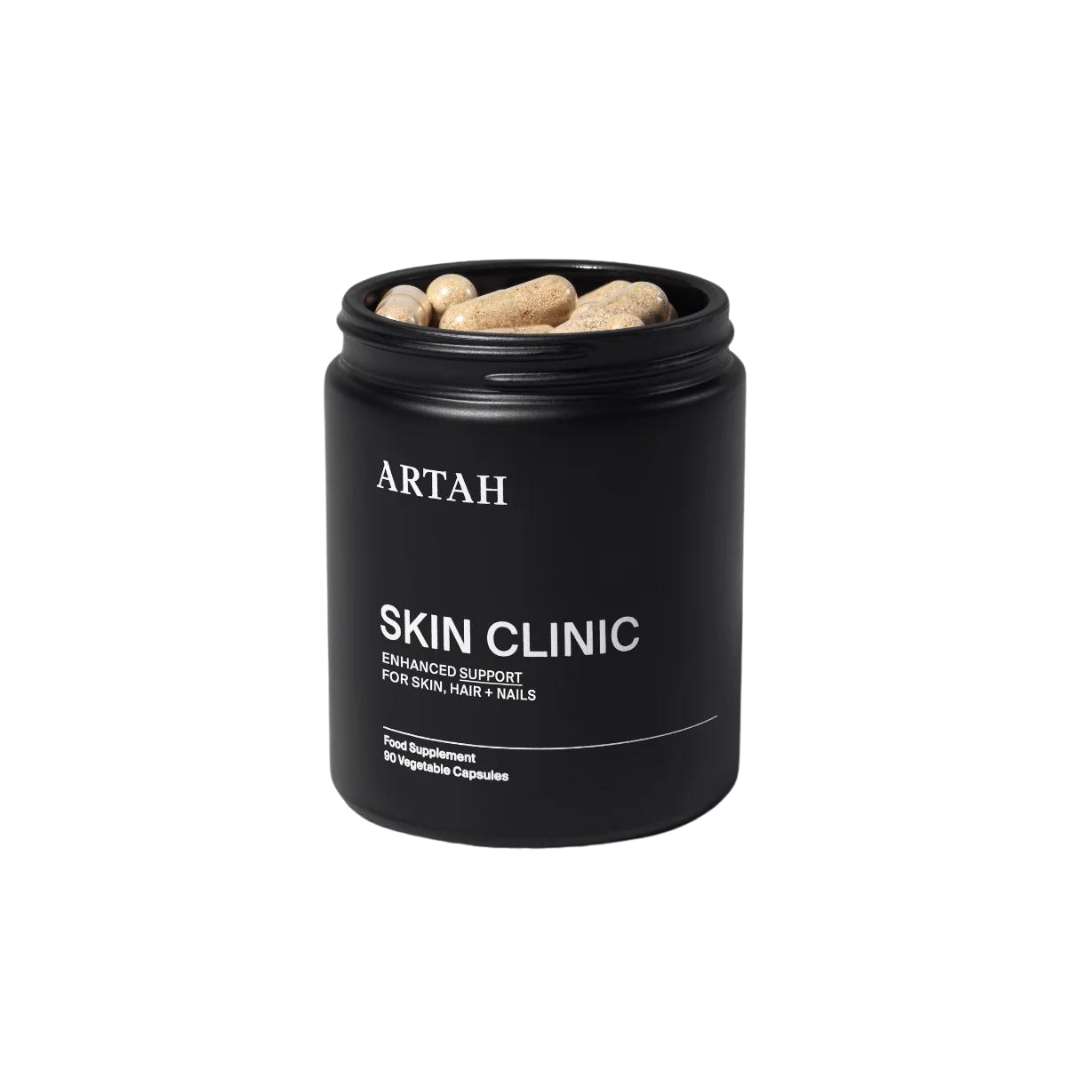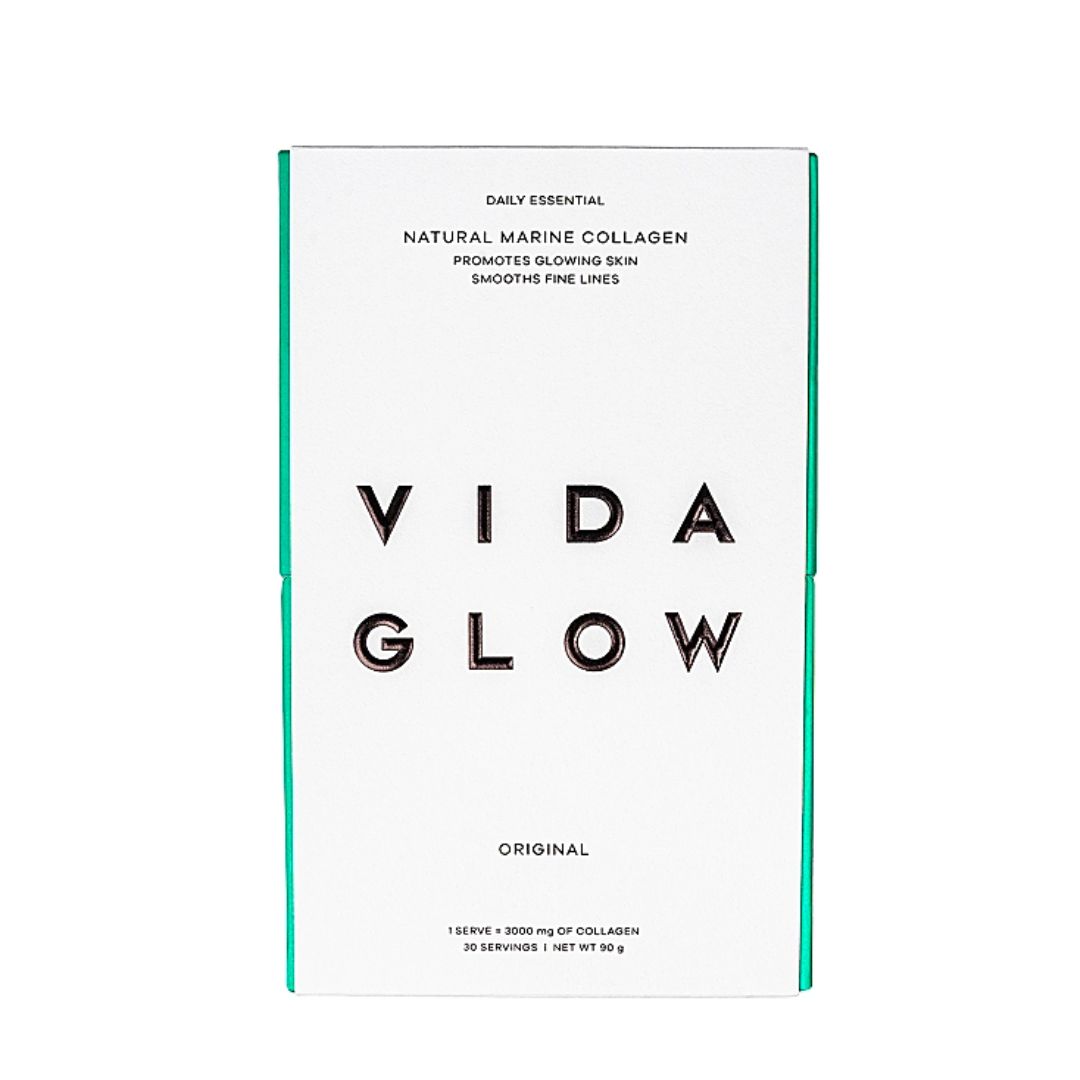Collagen Banking Could Be the Secret to the Best Skin of Your Life — Here’s What the Experts Say
The how, why and when of collagen banking
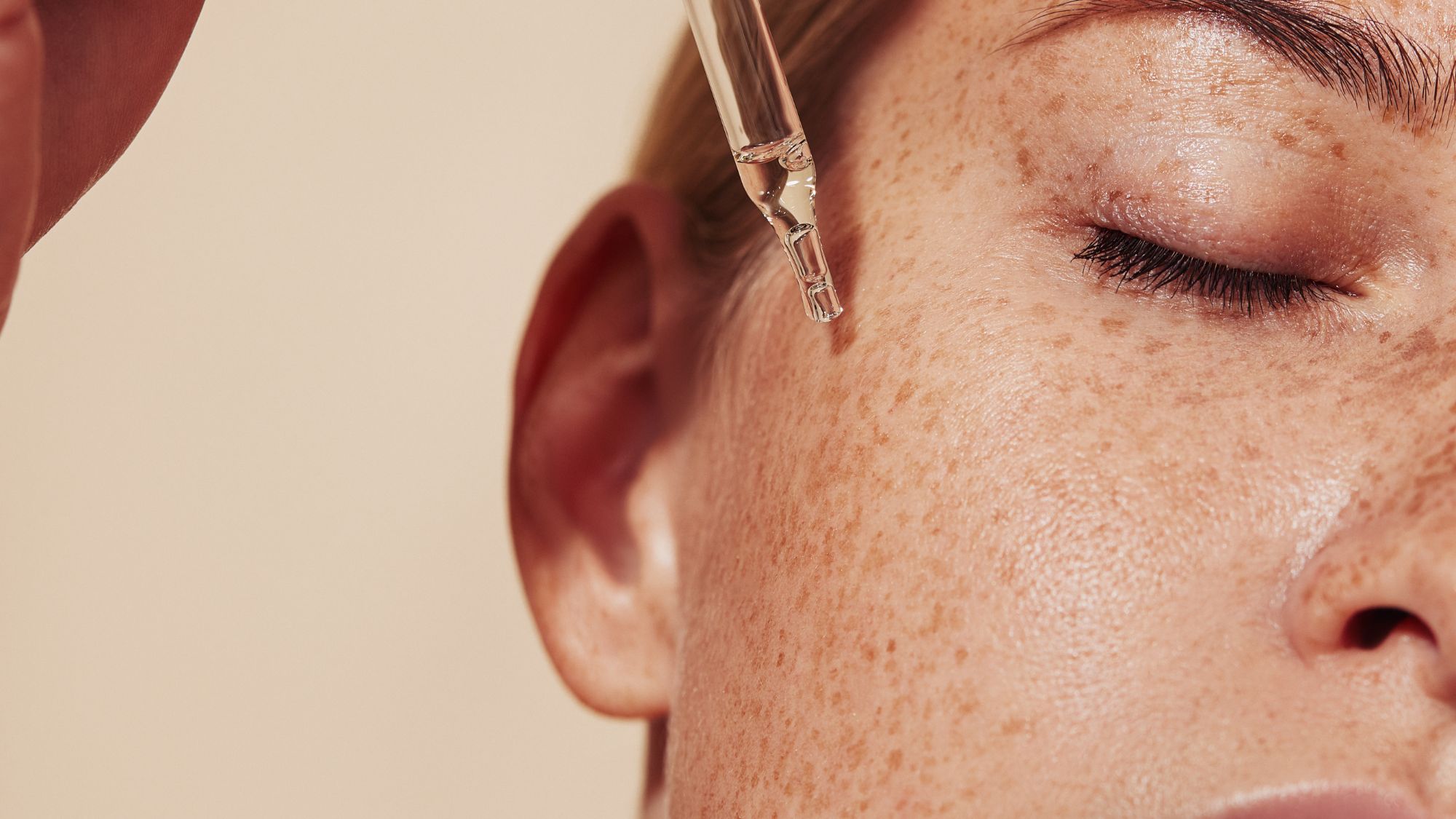

The beauty world is ever evolving and no where is that more evident than in our skincare routines. From the emergence of new ingredients to breakthrough formulations, the skincare world is constantly innovating which is great news for anyone who strives to keep their skin looking its best. In truth, however, while there are a whole host of ingredients out there which promise to improve skin texture, fight fine lines or boost radiance, all these skin concerns all come down to one thing, a building block that’s naturally found in our skin itself and which sadly decreases as we get older — collagen.
“Collagen is a protein that provides structure and support to our muscles, skin, connective tissues and bones. It is vital for skin firmness, plumpness and elasticity,” says Dr Derrick Phillips. “The body naturally produces collagen to keep the skin healthy, but collagen production slows down with age and can also become depleted prematurely as a result of lifestyle factors such as UV exposure, smoking, and poor diet.”
It’s in light of this decrease in collagen that many skincare experts have come to hail “collagen banking” as the best way to keep our skin looking its best both now and in the future. So, what exactly does collagen banking mean? I turned to an army of skincare experts to get their expert advice on the how, why and when of collagen banking.
Firstly, what is collagen banking?
“Collagen banking refers to the idea of early stimulation and preservation of collagen in the skin to prevent or delay signs of aging down the line,” says Dr Sina Ghadiri, Consultant Dermatologist and founder of Sinaesthetics, “the idea being that by 'banking' collagen in your 20s or 30s, you're setting yourself up for smoother, firmer skin later in your 50s, 60s and 70s.”
What this means is, “by proactively supporting your skin’s collagen production now [through skincare, diet and professional treatments], you [can] help maintain stronger, more resilient skin in the years to come,” says Dr Dev Patel, Aesthetic Physician, Skin Doctor and founder of CellDerma.
It’s worth noting however, “It’s not literally “storing” collagen in reserve,” Dr Ghadiri continued, “but by boosting your skin’s natural collagen production capabilities before visible signs of aging occur, the aim would be to maintain a more youthful baseline for longer.”
What are the benefits of collagen banking?
We’ve already touched on many of the benefits of collagen banking especially when it comes to our skin but do the experts agree with these claims?
Celebrity news, beauty, fashion advice, and fascinating features, delivered straight to your inbox!
“Collagen banking can improve skin quality, keeping the skin supple, plump and healthy, and reducing the appearance of fine lines, and wrinkles which are the hallmark of premature skin ageing,” says Dr Phillips. Dr Ghadiri agrees, adding that by delaying the onset of fine lines and wrinkles, collagen banking can also “reduce the need for potentially more invasive or aggressive procedures longer term.”
And, it's not only your skin that can reap the benefits, “Collagen banking also goes beyond the skin,” says Dr Patel, “Collagen contains amino acids - especially proline - that the body uses to build keratin, the key structural protein in hair. [This means that collagen banking] also supports the health of the scalp and surrounding blood vessels, helping to create an optimal environment for hair growth and strength. Additionally, collagen plays a crucial role in maintaining joint and bone health, offering benefits that go well beyond cosmetics.”
When should I start collagen banking?
As collagen banking is best used as a preventative method, the earlier you start the better, “Generally, it will be better suited for people from their mid-20s, as from around age 25, collagen production starts declining,” says Dr Ghadiri, “However, those seeing early signs of ageing (e.g. dullness, hollowing, fine lines) or with lifestyle risk factors (UV exposure, stress, smoking, poor sleep) may need to act sooner, and there isn’t a one-size-fits-all all policy.”
For those who are older, it's never too late to start. “Starting later is better than not starting at all,” explained Dr Phillips, “as you will still see improvements in the look and feel of your skin.”
So, exactly how do you start collagen banking? Once again, my experts were on hand with all the best advice…
How to collagen bank, according to a skincare expert
1. Introduce retinoids
“A strong topical skincare regime is paramount,” says Dr Ghadiri. Firstly, retinoids, as “they are strong players in increasing collagen synthesis.” Retinoids work by increasing your skin cell turnover which in turn increases collagen production. Start with a low dosage and build up your tolerance to see the best results.
2. Add Vitamin C
Next, introduce Vitamin C into your skincare routine. This works to “stabilise and protect collagen,” Dr Ghadiri continued, and also has “strong photoprotective properties against UV damage."
3. Peptides + Growth Factors
“Bio- and neuro-peptides have been shown to effect positive changes in the architecture of the skin,” says Dr Patel, “so including these ingredients in your skincare routine is going to stimulate collagen production and target the facial expression muscles to soften existing wrinkles” And Dr Ghadiri agreed, “Peptides and growth factors support essential regulatory roles in many processes [including] cell signalling to stimulate collagen production.”
4. Always wear SPF
Lastly when it comes to topical skincare, and all my experts can’t state this enough, SPF is a must. “SPF is absolutely essential, especially for anyone focused on collagen banking,” says Dr Patel, “UV rays are the leading external cause of collagen degradation, alongside pollution,” so ensuring skin is protected will ensure your existing collagen sticks around for as long as possible.
5. Targeted professional treatments
While there are so many great ways to start collagen banking at home, if you do want to take a more intensive approach professional treatments can help. “Procedures such as microneedling (with or without radiofrequency), fractional lasers, ultrasound therapies like Ultherapy, and injectable biostimulators all promote collagen synthesis,” Dr Ghadiri explained, “These treatments can work either by creating controlled micro-injuries which activate the skin’s natural wound healing process and encourage the formation of fresh, healthy collagen, and/or by supporting through delivering bioactive compounds.”
“Injectable treatments such as polynucleotides also help to stimulate collagen production, boost elasticity and help regenerate tissue,’ Dr Phillips agreed. If you are considering a professional treatment, always book through a trained professional and don’t forget to check reviews to ensure you’re getting the best service.
6. Supplements and diet
Lastly, “One of the simplest ways to support collagen levels is through your diet,” says Dr Patel, “Consuming protein-rich foods, such as fish (particularly fatty varieties like salmon), lean meats, eggs, and bone broth, provides the essential amino acids needed for collagen synthesis. Additionally, antioxidant-rich foods like berries, leafy greens, and green tea may help combat oxidative stress, a key factor in collagen breakdown.”
If you want to take it even further however, “While whole foods remain a highly effective source of collagen support, supplements can also play a powerful long-term role,” Dr Patel continued, “In addition to general collagen supplements, there are now targeted options formulated specifically for skin, hair, and overall health, combining collagen with other beneficial ingredients.”

Jazzria Harris is a freelance fashion and beauty journalist with over 8 years experience working in the industry. At just 4ft 11, she’s an expert in petite dressing and previously wrote the column Jazz’s Short Stories giving tips and advice on dressing for petite proportions. Her wardrobe staples are a great black blazer, a hardworking slip skirt and of course a great pair of heels (for the extra inches, of course). Jazz has written for publications including ELLE UK, heat magazine, Eliza, Women & Home and more.
